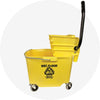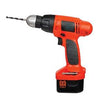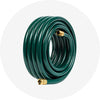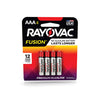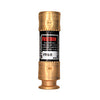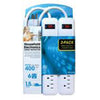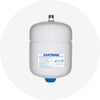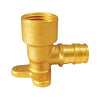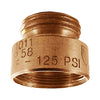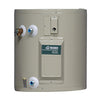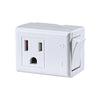Maple Tree : diseases and care
∙3 min read

Maple trees are a species of trees found primarily in cool temperate regions of the world, such as North America, Europe, and Asia. They are known for their beautiful and distinctive five-lobed, hand-shaped leaves.
There are about 150 species of maples, ranging in size from small shrubs to large trees, which can reach heights of up to 40 meters. Maples are deciduous trees, meaning they lose their leaves in autumn.
In addition to their aesthetic appeal, maple trees are valued for their wood used in furniture and flooring. They are also used as ornamental trees in gardens and public parks.
Another exciting aspect of maple trees is their sap, which is used to produce maple syrup, also known as maple honey. This syrup is obtained from the sap of the sugar maple tree, collected during the spring and processed to produce the syrup used as a sweetener in foods and beverages.
Diseases and care
Several diseases can affect maple trees, and here are some of them:
-
Anthracnose: This fungal disease can cause brown spots on the leaves and cause them to curl and fall off. For treatment, it is recommended to remove fallen leaves, prevent the tree from being too wet and prune the affected areas with some special garden tools.
-
Powdery mildew: This fungal disease produces a white powder on the leaves and can weaken the tree. To prevent powdery mildew, plant the tree in areas with good air circulation, and avoiding overwatering is recommended. For treatment, brush off the mold and/or apply horticultural oils.
-
Root rot: Its symptoms can be diverse and are often confused with fungi. This disease can cause the tree to weaken and die. Treatment requires the help of an arborist. To prevent root rot, it is recommended to plant the tree in well-drained soil and avoid overwatering.
-
Fungi: Some common signs of fungal infection in trees include the presence of spots or discolored areas on leaves, branches, or trunk; the appearance of mold on the surface of the tree; dieback of branches or premature leaf drop; and the presence of rot at the base of the trunk.
-
Verticillium wilt: Is characterized by the wilt or yellowish color of the leaves, usually concentrated in one part of the tree. Treatment consists of pruning the affected area or fumigating the soil.
-
Maple tar spot: It is the appearance of black spots and discoloration on the leaves. Its treatment involves cleaning the damaged leaves' remains around the tree's base.
- Scale: Scales are insects that can cover the tree's bark and weaken it. To prevent the appearance of these insects, it is recommended to regularly inspect the tree for signs of infestation and treat any problems with an insect and animal control insect and animal control substance.
To properly care for a maple tree, paying attention to soil conditions, moisture, and the sunlight is essential. It should be watered regularly, but avoid over-watering, as this can weaken the tree's roots and make it more susceptible to disease. Instead, it is recommended that the tree be fertilized annually and pruned regularly to maintain its shape and health. An area around the tree should also be free of weeds and debris to avoid competition for nutrients and soil moisture.
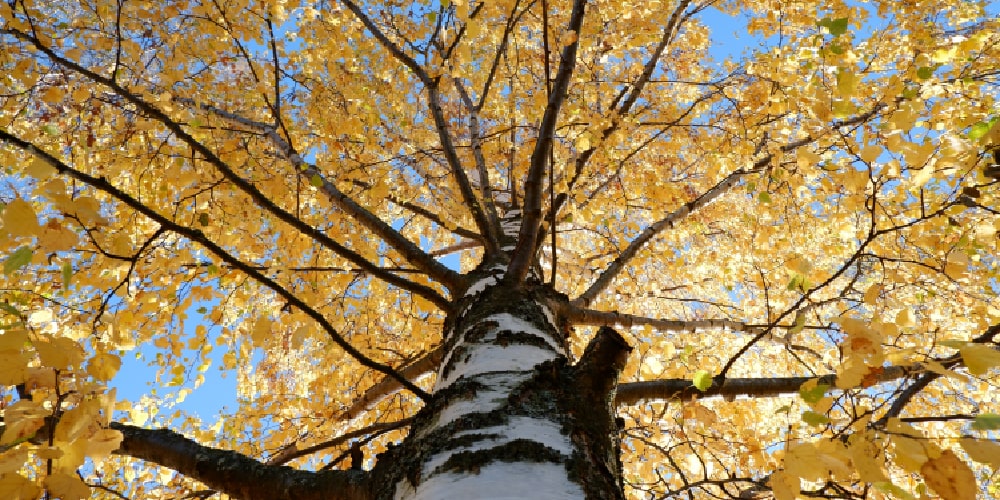
Max Warehouse takes care of your garden
In summary, caring for your Maple trees is crucial to keeping them healthy and beautiful. Following this blog's tips, you can prevent and treat common Maple tree diseases and maintain their overall health. And remember, at Max Warehouse, we provide helpful tips and the best tools and accessories for your gardening needs.
From pest control to beautifying your garden, we've got you covered. Let us help you create the home of your dreams and achieve the perfect garden you've always wanted. So start shopping today and see the difference for yourself!
Resources:
- https://es.flowergardennews.com/13-common-maple-tree-problems
- https://www.jardineriaon.com/arce-rojo.html?_gl=1%2Aemje27%2A_ga%2AYW1wLXVELU1kUVI5dTh3RzRuMEtqNHhaS3RwOEE2VlZZXzhzakNLanhyRUtIMlRQYmJ4YTNPczFNeDNUZHQ3Nl9KYmM#Cuales_son_los_cuidados_del_arce_rojo


